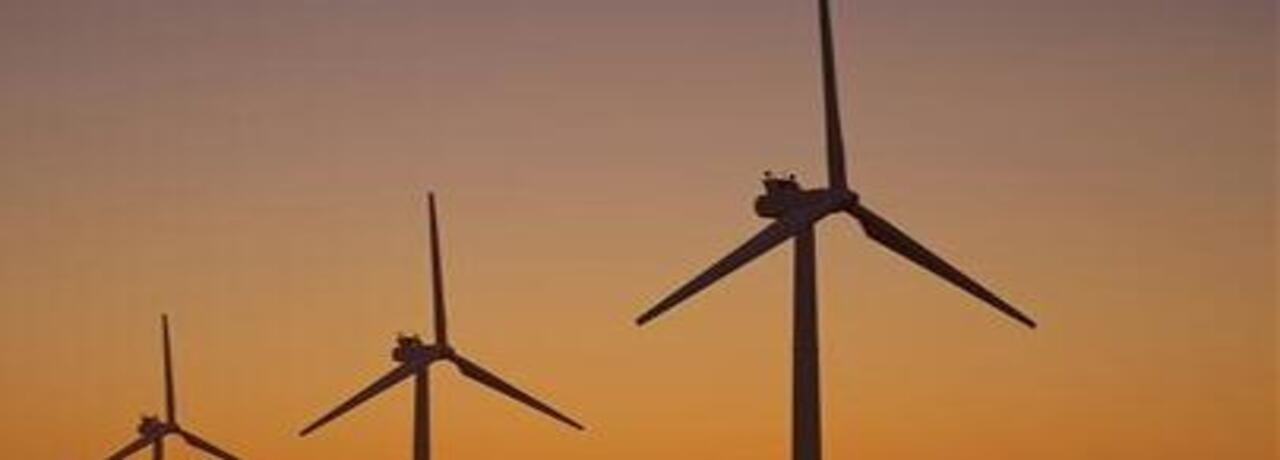- The world economy continued to grow strongly in 2018. Global economic output is likely to have increased by 3.1%, after a plus of 3.2% last year. While economic momentum in the USA even accelerated due to a strongly procyclical fiscal policy, growth slowed in most other economic regions.
- Uncertainty about further economic development remains considerable, partly in view of the protectionist US trade policy and geopolitical risks. We continue to believe that common sense will prevail and that negotiations can avoid a noticeable escalation of conflicts. Under this premise, the expansion of global trade in goods and services is likely to continue, albeit at a somewhat slower pace.
- At the end of 2018, the German economy provides a mixed picture. While various economic indicators had already indicated a slowdown in growth momentum over large parts of the year, real gross domestic product grew solidly in the first half of the year. In the third quarter, however, the economy then utterly slumped. This was mainly due to the automotive industry, which had considerable problems with the certification of vehicles according to the new WLTP emissions test procedure.
- We assume that the problems in the automotive sector associated with the new emission test will be largely resolved by the end of the first quarter of 2019 at the latest, and anticipate a "counter-movement" to the slump in growth in the third quarter for both the current and the coming quarter.
- Despite the recent setback, the overall economic situation in Germany can still be described as good. The domestic economic conditions for a continuation, albeit more moderate, of the upswing are still in place. This applies in particular to private consumption. The disposable income of private households will continue to grow quite strongly in nominal terms in 2019.
- All in all, despite the increased risks we expect the overall economic utilization in Germany to increase further in the coming year. With real GDP growth of 1.7% (2018: expected 1.5%), however, the rate of the previous years (2016 and 2017: 2.2% each) will no longer be reached.
The world economy continued to grow strongly in 2018. Global economic output is likely to have increased by 3.1%, after a plus of 3.2% last year. While economic momentum in the US even accelerated in the course of the year due to a strongly procyclical fiscal policy, growth weakened in most other economic regions. The slowdown was particularly pronounced in the emerging markets world. Many emerging economies experienced strong capital outflows as a result of higher interest rates in the US. In addition, the uncertainty surrounding the trade dispute initiated by the US is a particular burden on these countries. The capital shifts and the increased uncertainty can be seen in particular in the losses in value on the equity, bond and currency markets in these countries. Overall, uncertainty about future economic developments at the global level has increased in recent months. Against this background, it is important to clearly describe the global framework conditions, on which our economic forecast for 2019 is based on.
- The lasting uncertainty about the further development of the trade dispute has led to a clouding of economic sentiment worldwide. This increases the likelihood of negative effects on economic activity at the global level. However, we maintain our view that an escalation into a full-scale trade war remains unlikely, as there is simply too much at stake to allow all parties to turn their backs on a negotiated solution. Under this premise, the expansion of global trade in goods and services is likely to continue, albeit at a somewhat slower pace. After an increase of 3.8% this year, we expect a plus of around 3 ½% for 2019.
- Since October, the price of Brent crude has plummeted. A barrel currently costs around USD 60. By way of comparison, Brent was still quoted at USD 85 per barrel at the end of September. The global economic slowdown is leading to lower demand for oil, which in turn is putting pressure on the price of oil. For 2019, we expect an annual average oil price of around USD 65 to 70 per barrel (2018: USD 72 per barrel).
- If the economy remains solid, the US central bank Fed will continue to normalize its monetary policy and to raise its key interest rate. We expect three rate hikes of 25 basis points each by the end of 2019. In addition, the Fed will continue to gradually reduce its balance sheet total. In the euro zone, the ECB's exit from its ultra-loose monetary policy is still taking place in mini-steps. The ECB will probably terminate its bond purchasing program at the end of 2018. We expect an initial increase in the refinancing rate in the final quarter of 2019.
- The USD/EUR exchange rate was subject to significant fluctuations in the course of this year. By the end of the first quarter, the euro had appreciated by 4% against the US dollar. Since then, the single European currency has been in a devaluation trend that has more than compensated for the appreciation at the beginning of the year. The USD/EUR exchange rate is currently quoted at slightly below 1.14. By the end of 2019, we expect the USD/EUR exchange rate to essentially fluctuate in a range between 1.15 and 1.20. On the one hand, the Fed´s ongoing cycle of interest rate hikes is likely to weigh on the euro. On the other hand, a number of factors, such as the ongoing economic upswing in the euro zone and the ECB's expected interest rate turnaround, will support the euro.
- Political uncertainty in Europe remains at an elevated level. Our forecast is not based on an escalation of risks, nor is it based on a rapid resolution of risks. In addition to the continuing Brexit uncertainty, our attention is currently focused above all on Italy: the budget target of 2.4 % of GDP is in clear contradiction to the EU financial rules, as it would bring Italy's public debt back on an upward trend. In our baseline scenario, we assume that fiscal policy will give in – not least because of the disciplining effect of the financial markets.
















